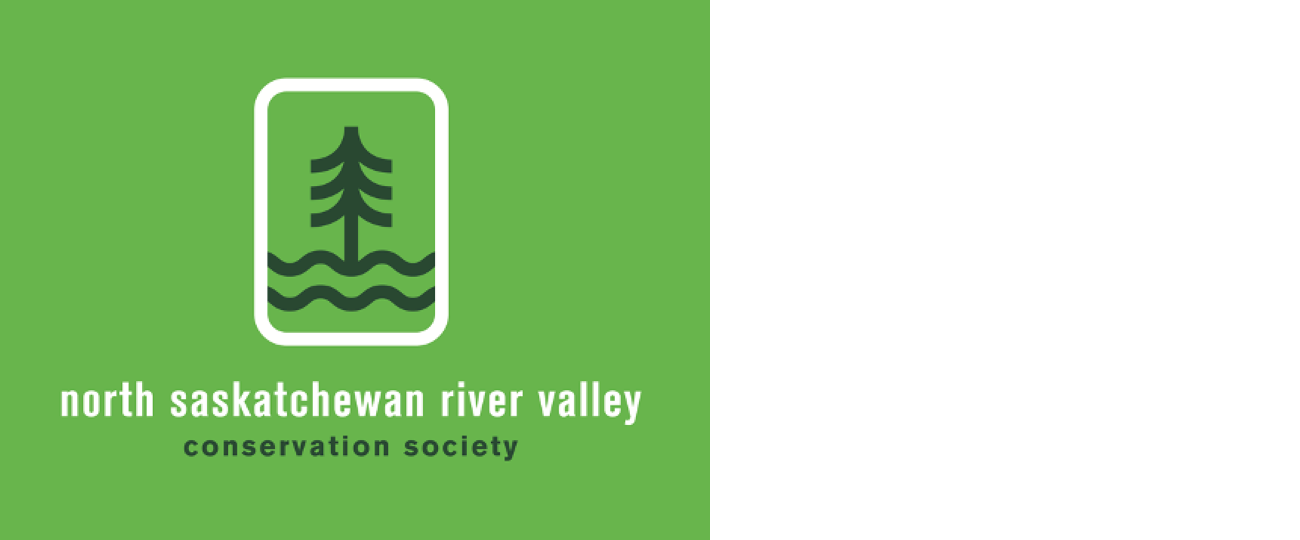Federal funding will support planting 1.5 million trees in Edmonton
The Government of Canada’s 2 Billion Trees program will provide $47.8 million to help plant 1.5 million trees in Edmonton. This grant is matched by $47.8 million in municipal funding, which is part of the City’s $66 million new Greener As We Grow tree planting project.
“Trees are an important part of how people experience life in Edmonton. Trees help clean our air, shade our streets, and shape some of our most beloved public spaces,” said Mayor Amarjeet Sohi. “This grant will allow us to expand our planting efforts over the next eight years and bring us closer to our goals of being a healthy and climate-resilient city.”
Over the next eight years, YEG will increase its urban forest canopy by planting trees in approximately 300 hectares of naturalized areas, boulevards, parks, and open spaces. Edmonton has a target of having two million trees planted by 2031 as part of the City’s Urban Forest Asset Management goal of achieving 20 per cent canopy cover by 2071. https://www.canada.ca/en/campaign/2-billion-trees.html
Households with a bird feeder and backing onto greenspace, needed for study
Dale Brochu photo
Prior research has shown that coyotes eat a surprising amount of birdseed, usually after it spills from suspended bird feeders. Both birdseed and the rodents that eat it attract coyotes, and coyotes that eat human sources of food are more likely to approach people and pets.
Master student Abby Keller is seeking 60 volunteer households in Edmonton that have a yard that backs directly onto a greenspace, ravine or river valley, lacks a coyote-proof fence, and either has a bird feeder or would be willing to install one. She will study the extent of attraction to birdseed in residential yards by coyotes and their prey, and whether coyote and prey access to birdseed can be reduced using a simple device called a seed hoop.
A seed hoop is a mesh hoop that can be installed below a bird feeder to prevent birdseed from falling to the ground. To monitor coyote and prey activity at bird feeders, Abby will install a remote camera and rodent track/hair tube at a bird feeder in the yards of project volunteers. Seed hoops will be installed at half of the yards, but every participant will receive a complimentary seed hoop at the end of the study.
Email coyotes@ualberta.ca to express interest or request more information. Abby Keller information at https://abbylkeller.weebly.com/
Matthew James Weigel wins three awards for Whitemud Walking
Within a single month, UofA doctoral student Matthew James Weigel won national, provincial and local literary awards for Whitemud Walking. His first published volume of poetry is a collection of poetry, photographs and documents exploring the Dene and Métis poet’s place in Edmonton’s history of colonization and erasure.
The book’s structure, entirely designed by Weigel, is based on his walks through Whitemud Creek at the University of Alberta’s Mactaggart Sanctuary. In June, the book won the Stephan G. Stephansson Award for Poetry from the Writers’ Guild of Alberta, and in May the Robert Kroetsch City of Edmonton Book Prize and the Gerald Lampert Memorial Award from the League of Canadian Poets.
The Gerald Lampert jury described Whitemud Walking as “a remarkable work of resistance historiography” and a “masterclass in experimental form … re-visioning of family stories and the poet’s loving and attentive relationship with a particular place. You do not just read this book but experience it with your mind, heart and spirit.” https://www.ualberta.ca/folio/2023/06/phd-student-wins-trio-of-awards-for-first-poetry-collection.html
Does Edmonton need a national urban park to cherish its river valley
Irene writes “Yup, lots of money, but what hoops will we have to jump thru for this windfall, which is our own $$ anyway?”
Ripples on a Pond by William Frymire, Glass tile mosaic at Borden Park Natural Swim Experience
https://www.edmontonarts.ca/public-art/ripples-on-a-pond
Comment or contribution
Please note that articles may not reflect the position of NSRVCS. River Valley News is meant to be a clearinghouse for the wide variety of opinions and ideas about Edmonton’s River Valley. Email river valley photos, event information, comments, or questions to nsrivervalley@gmail.com
Sincerely yours,
Harvey Voogd
North Saskatchewan River Valley Conservation Society
780.691.1712
















